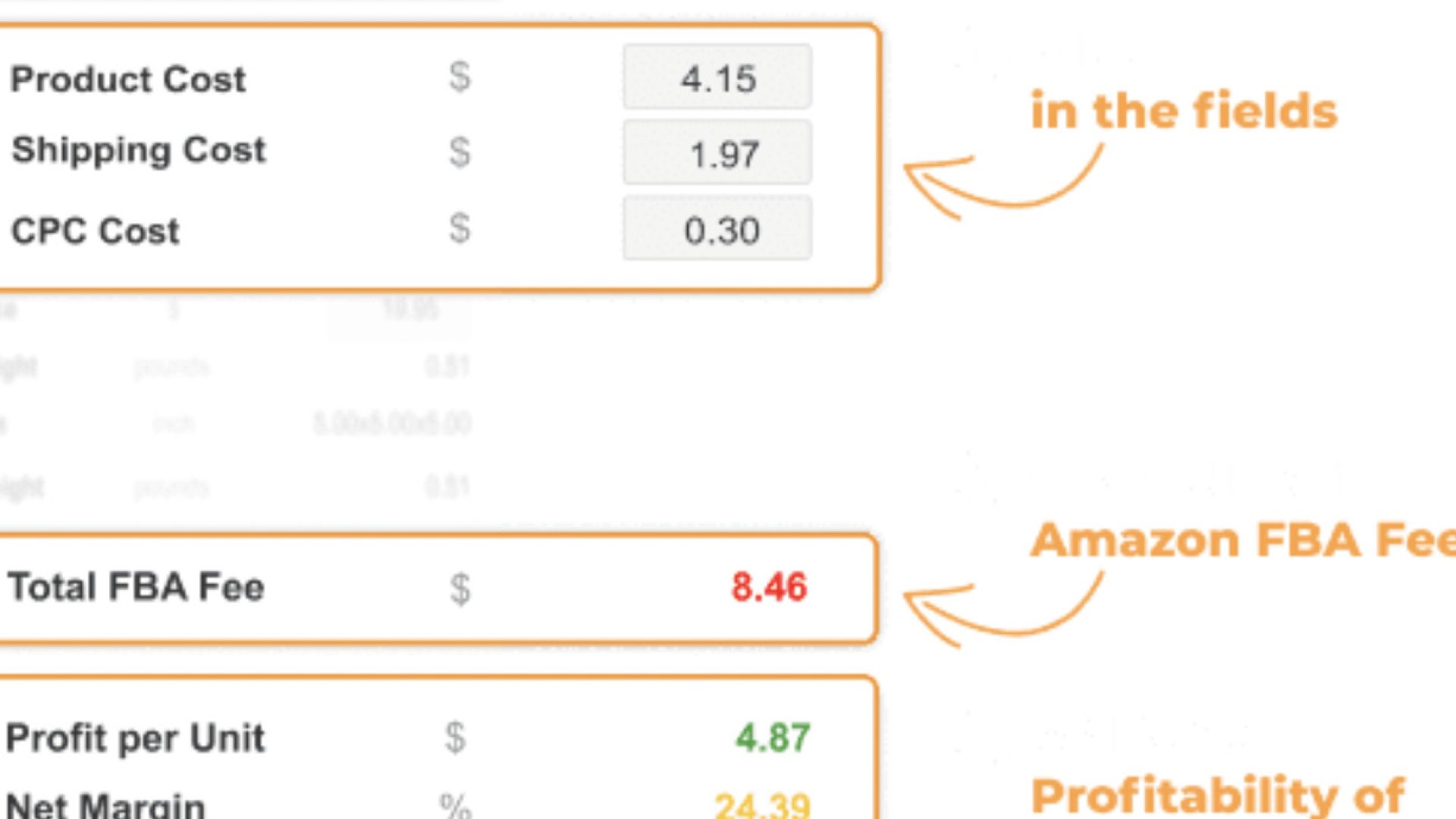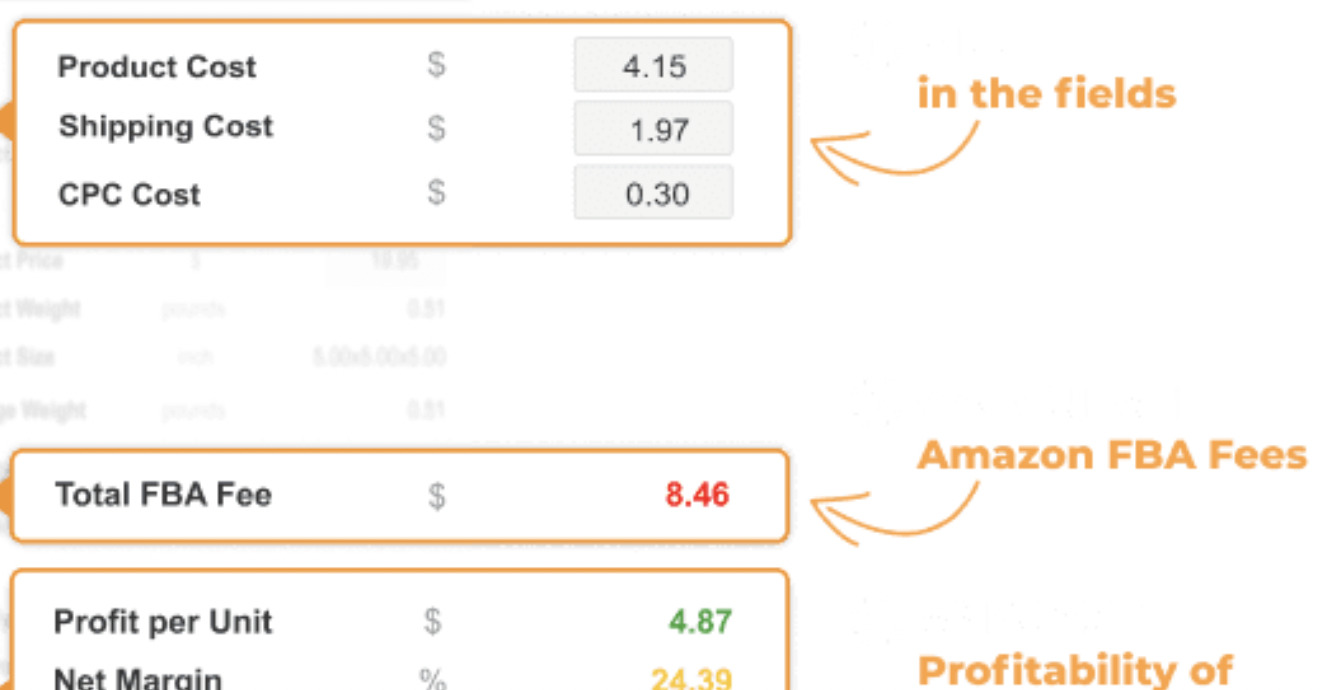One of the crucial stages in ensuring the success of your eCommerce enterprise or Amazon FBA business revolves around the understanding and analysis of core financial metrics. These metrics, when rightly interpreted, can drive the strategic decision-making process and ultimately, profitability. In today’s blog, we aim to demystify financial metrics & reveal how they can be used to optimize the success of an online business, particularly an Amazon FBA business. We’ll touch upon key metrics, their significance, and how you can use them to your advantage.
A critical financial metric every eCommerce or Amazon FBA owner needs to understand is the Gross Profit Margin. Essentially, this depicts what portion of your sales is left after accounting for the cost of goods sold (COGS). It’s calculated by subtracting the COGS from your total sales revenue, then dividing by the total sales revenue. A higher Gross Profit Margin suggests a healthier business and more room for investment and growth.
Next, we turn to Operating Margin. This important metric goes a step further than the Gross Profit Margin, accounting for not only the COGS but also any other operating expenses. To calculate it, you subtract your operating expenses from your gross profit, then divide by your total sales revenue. Small changes in the operating margin can reflect significant operational efficiency improvements within your online business.
Cash Flow is an important yet sometimes neglected financial metric. For any eCommerce or Amazon FBA business, maintaining a positive cash flow is paramount as it can fuel investment into areas like product development, marketing, or stock replenishment. Cash flow simply refers to the amount of money being transferred into & out of your business.
Then there is Inventory Turnover, a unique metric exceptionally relevant to Amazon FBA businesses. Inventory turnover evaluates how quickly a business sells its inventory within a particular period. A higher rate may signify strong sales potential, while a lower rate might indicate you’re holding too much stock. Keep a keen eye on this, as the cost of storing excess inventory can quickly creep up.

Quick and Current Ratios are essential liquidity ratios that measure the ability of an eCommerce operation to meet its short-term liabilities. The quick ratio (also known as the acid-test ratio) comprises cash, marketable securities, and receivables divided by current liabilities. The current ratio, on the other hand, includes inventory in the formula. These metrics give a clear insight into a company’s liquidity health.
The Customer Acquisition Cost (CAC) is a vital metric that determines how much a business needs to spend to acquire a new customer. It’s derived by dividing the total costs associated with acquisition by the total number of customers acquired. This metric is imperative to ensure that the business growth strategies align with the financial capabilities of your eCommerce or Amazon FBA venture.
The Customer Lifetime Value (CLV) is another crucial eCommerce metric. CLV predicts the net profit attributed to the entire future relationship with a customer. A higher CLV indicates a higher return on every dollar spent on acquiring new customers. Balancing your CLV and CAC should be a cornerstone of financial strategy for any online business.
The Conversion Rate directly measures your marketing strategy’s effectiveness. By comparing the number of visitors to your online store with the number who end up making a purchase, you can derive this metric. Having a high conversion rate is an indicator of successful marketing & well-tuned customer experience.
Return on Investment (ROI) is a classic financial metric highly relevant in the eCommerce and Amazon FBA landscape. ROI helps online sellers calculate the efficiency of an investment or compare the efficiencies of different investments. To calculate ROI, the benefit (or return) of an investment is divided by the cost of the investment.

Next up is Average Order Value (AOV), a metric that gives the average amount spent each time a customer places an order on your website. Increasing your AOV is a key way to increase revenue & cash flow without having to focus solely on acquiring new customers.
Net Profit Margin is another crucial financial metric. It is useful in assessing a company’s profitability at the most fundamental level – after all expenses and taxes have been accounted for. It’s calculated by subtracting all your various costs (including tax and interest) from your total revenue, then dividing by the total revenue.
The Sales Conversion Rate is a must-know financial metric. It measures the percentage of visitors to your online store who complete a purchase. Although very similar to the Conversion Rate, the Sales Conversion Rate goes a step further by considering not just any action but specifically sales.
The Earnings Before Interest, Taxes, Depreciation, and Amortization (EBITDA) is a broadly used measure of a company’s profitability. It evaluates a company’s operating performance without having to factor in financing decisions, accounting decisions, or tax environments. It provides clear insights into profit potential in the eCommerce landscape.
Last but not least, the Debt to Equity Ratio is an important metric that assesses a company’s financial leverage by comparing the total debt with the shareholders’ equity. Lower ratios are often more favorable, indicating the business has not been over-reliant on borrowing to finance its growth. This financial metric is essential when seeking to appreciate the long-term financial stability of an eCommerce or Amazon FBA business.


